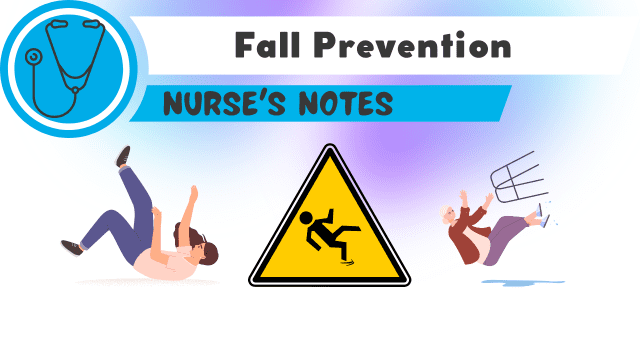Dementia Fall Risk for Beginners
How Dementia Fall Risk can Save You Time, Stress, and Money.
Table of ContentsThe Only Guide for Dementia Fall RiskThe Only Guide for Dementia Fall Risk10 Simple Techniques For Dementia Fall RiskThe Buzz on Dementia Fall RiskLittle Known Facts About Dementia Fall Risk.
The FRAT has 3 sections: drop danger condition, threat variable checklist, and action plan. A Fall Threat Standing includes information regarding history of recent drops, drugs, mental and cognitive standing of the person - Dementia Fall Risk.If the individual ratings on a threat factor, the matching number of factors are counted to the patient's autumn risk rating in the box to the far appropriate. If a client's loss risk rating totals five or greater, the person goes to high risk for falls. If the individual scores only 4 factors or lower, they are still at some risk of dropping, and the nurse must utilize their finest professional evaluation to manage all loss danger aspects as component of an all natural care strategy.
These common techniques, in basic, help create a risk-free setting that decreases unintended drops and delineates core safety nets for all clients. Indications are important for people in danger for drops. Health care providers need to acknowledge who has the condition, for they are responsible for executing actions to promote patient security and avoid falls.
All About Dementia Fall Risk
Wristbands ought to consist of the patient's last and initial name, day of birth, and NHS number in the UK. Only red color should be utilized to signal special client condition.
Things that are too much might require the patient to connect or ambulate unnecessarily and can potentially be a hazard or add to falls. Aids protect against the person from heading out of bed with no help. Registered nurses react to fallers' call lights quicker than they do to lights launched by non-fallers.
Visual disability can considerably create drops. Keeping the beds closer to the floor minimizes the threat of drops and serious injury. Placing the bed mattress on the floor considerably minimizes fall threat in some healthcare settings.
The 2-Minute Rule for Dementia Fall Risk
Clients who are high and with weak leg muscle mass who try to sit on the bed from a standing setting are likely to drop onto the bed due to the fact that it's as well low for them to lower themselves securely. Additionally, if a tall client attempts to obtain up from a low bed without help, the individual is likely to drop back down onto the bed or miss out on the bed and fall onto the flooring.
They're made to promote prompt rescue, not to protect against drops from bed. Audible alarm systems can additionally advise the person not to rise alone. Making use of alarms can also be a replacement for physical restrictions. Apart from bed alarm systems, boosted supervision for risky people additionally may help prevent drops.

Individuals with an evasion stride increase fall chances significantly. To decrease loss threat, footwear must be with a little to no heel, slim soles with slip-resistant step, and sustain the ankle joints. Recommend patient to utilize nonskid socks to stop the feet from sliding upon standing. Urge patients to put on proper, well-fitting shoesnot nonskid socks for ambulation.
3 Easy Facts About Dementia Fall Risk Explained
In a study, homes with adequate illumination report fewer drops (Ramulu et al., 2021). Renovation in lighting at home might decrease autumn prices in older grownups.

Sitters work for guaranteeing a protected, protected, and safe atmosphere. Nonetheless, studies showed very low-certainty evidence that caretakers lower autumn danger in intense treatment hospitals and only moderate-certainty that options like video my company tracking can lower caretaker usage without increasing fall danger, recommending that sitters are not as helpful as originally thought (Greely et al., 2020).
The Ultimate Guide To Dementia Fall Risk

Increased physical fitness decreases the danger for falls and limits injury that is endured when fall transpires. Land and water-based exercise programs might be in a similar way beneficial on equilibrium and gait and thus lower the danger for drops. Water workout may contribute a favorable advantage on balance and stride for females 65 years and older.
Chair Surge Workout is a basic sit-to-stand exercise that assists reinforce the muscles in the upper legs and butts and improves mobility and self-reliance. The objective is to do Chair Increase exercises without utilizing hands as the client becomes more powerful. See resources area for a comprehensive guideline on exactly how to perform Chair Surge exercise.